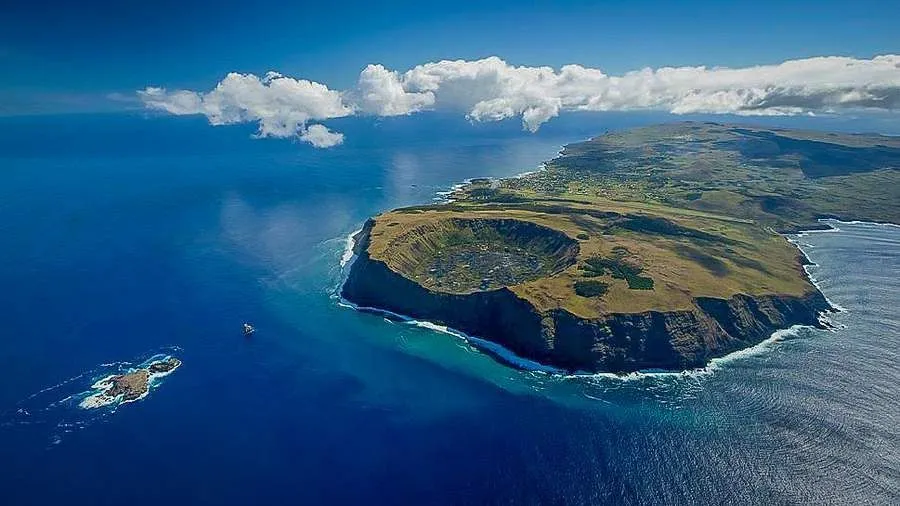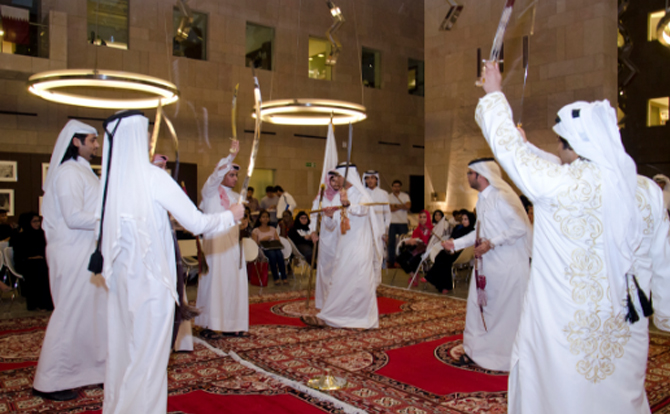
The Future of Easter Island: Conservation and Tourism
admin
- 0
kfoodfair2015.com – Easter Island, known locally as Rapa Nui, is a place of immense cultural and historical significance, home to the iconic Moai statues. As the island faces the dual challenges of conservation and tourism, the future of this unique destination hangs in the balance. This article explores the current state of conservation efforts and the impact of tourism on Easter Island, highlighting the need for sustainable practices to ensure its preservation for future generations.
The Role of Tourism in Easter Island’s Economy
Tourism is the primary economic driver for Easter Island, offering a lifeline for its residents. The island’s unique attractions, including the Moai statues and its rich cultural heritage, draw visitors from around the world. However, this economic boon comes with significant environmental and social challenges. The influx of tourists can strain the island’s resources and infrastructure, leading to potential ecological degradation and cultural erosion.
Conservation Efforts on Easter Island
Recognizing the fragility of its archaeological treasures, Easter Island has seen various conservation projects aimed at preserving its heritage. The World Monuments Fund (WMF) has supported conservation and site-management initiatives at key archaeological sites such as Rano Raraku and Orongo within the Rapa Nui National Park. These efforts are crucial in safeguarding the island’s cultural landmarks from the impacts of tourism and natural elements.
The Paradox of Tourism
The paradox of tourism on Easter Island is that while it is essential for economic sustainability, it also poses a threat to the very resources that attract visitors. The island’s residents are acutely aware of the negative impacts of tourism, including environmental degradation and the potential loss of cultural integrity. Despite these concerns, there is a collective understanding that tourism is indispensable for the island’s economic survival.
Lessons from the Pandemic
The global pandemic provided a unique opportunity for Easter Island to reassess its tourism model. During the two-year closure, the islanders were forced to adopt more sustainable practices and relearn traditional skills. This period of introspection has led to a renewed focus on sustainable tourism, with the aim of balancing economic benefits with environmental and cultural preservation.
The Way Forward
To ensure a sustainable future for Easter Island, a multi-faceted approach is necessary. This includes:
- Sustainable Tourism Practices: Implementing policies that limit the number of visitors and promote responsible tourism. This can include measures such as eco-tourism initiatives and educational programs for tourists about the importance of preserving the island’s heritage.
- Community Involvement: Engaging the local Rapa Nui community in decision-making processes related to tourism and conservation. This ensures that the voices of those most affected by tourism are heard and that their cultural values are respected.
- Conservation Projects: Continuing and expanding conservation efforts to protect archaeological sites and natural environments. This involves ongoing support from international organizations and collaboration with local authorities.
- Economic Diversification: Exploring alternative economic activities that can supplement tourism, such as artisanal crafts and sustainable agriculture. This diversification can reduce the island’s dependency on tourism and provide additional income streams for residents.
Conclusion
The future of Easter Island hinges on the ability to balance the economic benefits of tourism with the imperative of conservation. By adopting sustainable practices, involving the local community, and continuing conservation efforts, Easter Island can preserve its unique heritage while ensuring a prosperous future for its residents. The lessons learned from the pandemic offer a blueprint for a more sustainable approach to tourism, one that respects the island’s delicate ecosystem and rich cultural tapestry.


